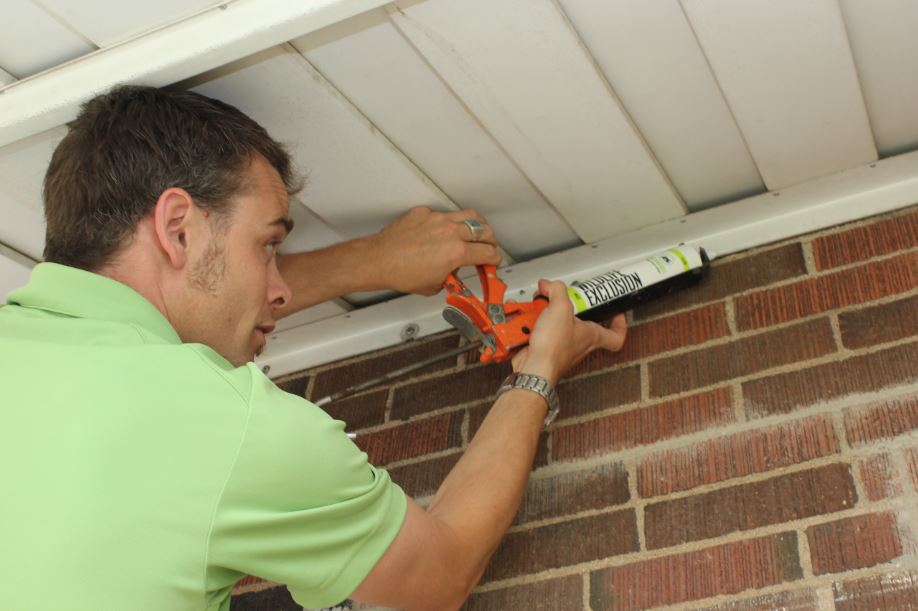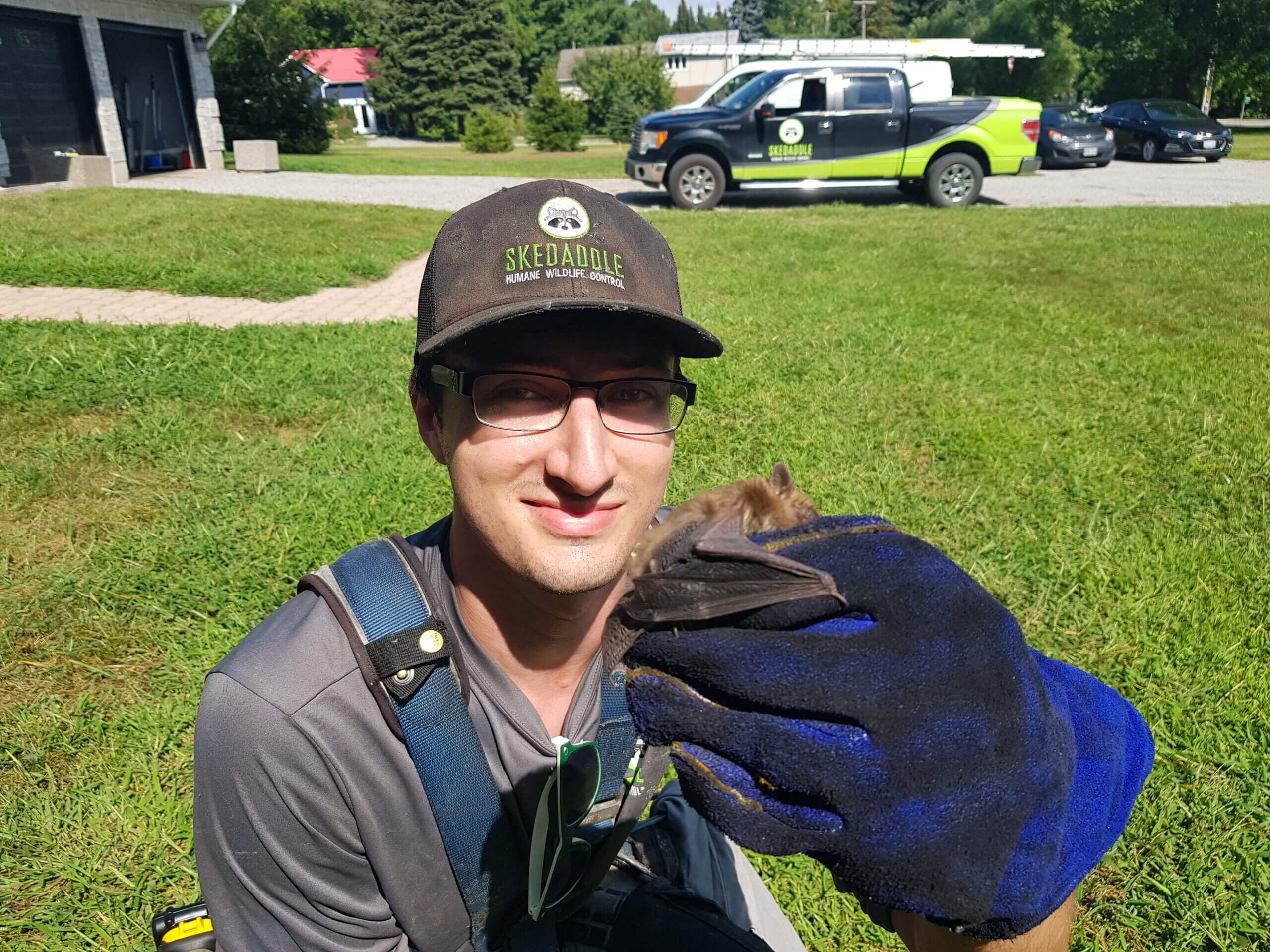You may not be aware of it, but you rely on bats for pest control and pollination of food crops. However, they can also expose you to dangerous diseases. The best way to co-exist with bats is to keep them out of your home if possible, resorting to humane bat removal in Victoria when necessary.
Unfortunately, keeping bats out of your home may be a challenge, especially in the spring. Bats give birth to offspring in April and May, so during the late winter and early spring, they look for places to roost and raise their babies. Here are some ways you can make your home less inviting to discourage bats from roosting there.
1. Get Rid of Food Sources
Wild animals that have to find and catch their own food are drawn to places where it is plentiful and easily accessible. This is true of many species, not only bats. When they find plentiful food in your backyard, bats look for a place nearby to make roosts, which is often in your attic. If you can get rid of the food sources, bats have less reason to hang around.
North American bats typically eat either fruit, flower nectar, or insects. If you have fruit trees on your property, you can protect them from bats with bird netting so that they can’t get to the food source. If you think that flowers might be drawing bats to your property, you might want to take them out and replace them with other alternatives.
Bats eat flying insects that are active at night, such as moths or mosquitos. You may need to have pest control on your property to get rid of the insects. If so, make sure the insecticides are bat-friendly to avoid doing them unnecessary harm.
2. Seal Cracks and Holes in Your Home’s Exterior

Bats look for roosting spots that are dark, secure, and warm. Your unfinished attic may seem ideal because it is insulated but probably not air-conditioned, so it stays warm all year. It is usually not frequented by humans, so no need for artificial lights, and it provides protection from predators.
Bats can get into your home through cracks in soffits and chimneys, as well holes that are supposed to be there, such as vents. Bats are able to squeeze through very small openings.
Cracks should be filled in with foam sealant or caulk, while vents should be covered with metal mesh that is strong enough to resist attempts of animals to chew through.
3. Shine Bright Lights
Part of the reason why bats look for dark roosting areas is that they hunt for food at night and sleep during the day. If someone were to shine a bright light in your face while you were trying to fall asleep, it would probably disturb you. The same is true of bats, so shining bright lights in their roosting areas might persuade them not to hang around.
Bright lights have limitations as a bat deterrent. Like other wild animals, bats are adaptable, so the effectiveness of bright lights as a deterrent may be short-lived. Also, shining bright lights around your property may get you in trouble with your neighbours or community authorities.
4. Contact Skedaddle for Humane Bat Removal
Bats are endangered animals protected by laws that make it illegal to harm them. This includes trying to remove them while they are raising babies. Bat removal either has to take place before the babies are born or once they are old enough to fly away on their own. It is also illegal to disturb bats that are hibernating. That leaves two windows of opportunity in which to remove bats. Our technicians waste no time in determining the breeding cycle phase the bats are in and formulating a plan based on that. Once the bats are gone, we decontaminate where they have been. Learn more about how we perform wildlife removal on Vancouver Island.





